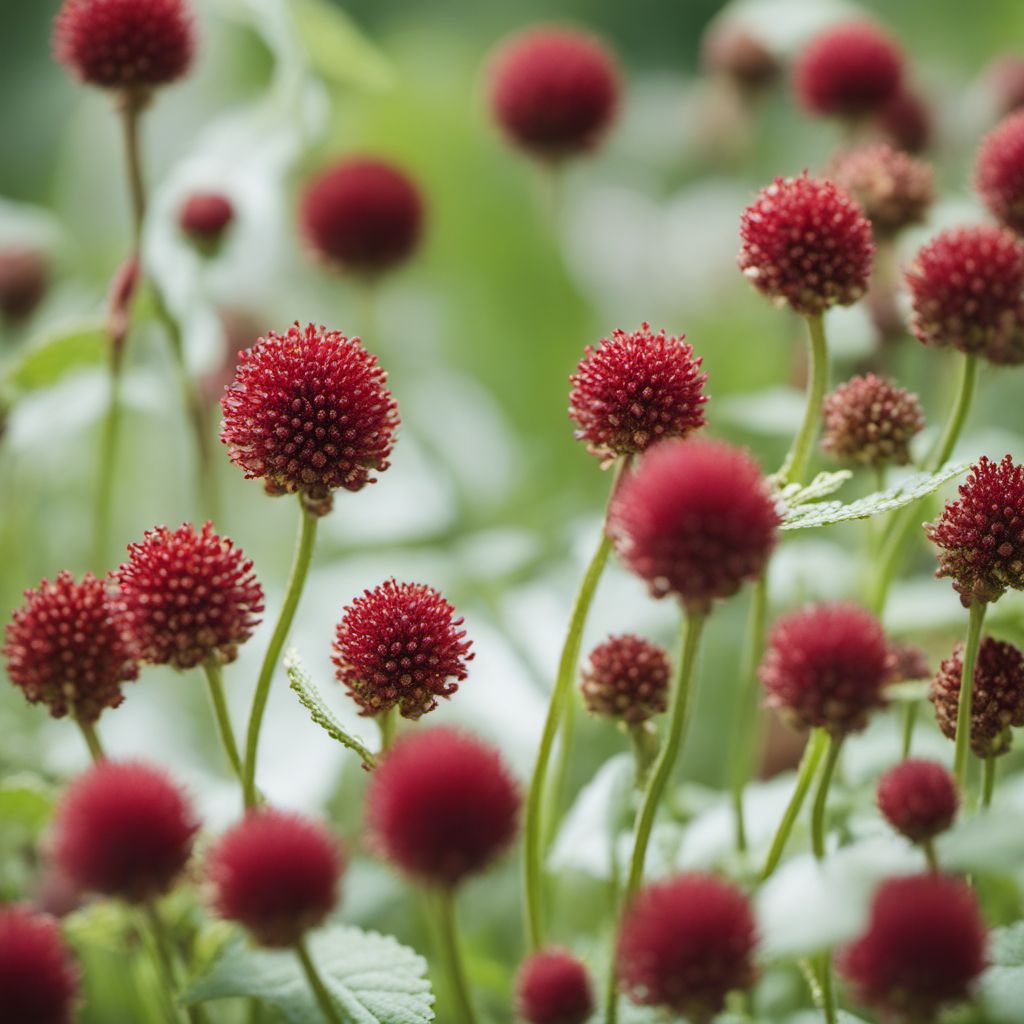
Ingredient
Burnet
The Herb of Coolness
Burnet is a perennial herb with small, serrated leaves that resemble those of a strawberry plant. It has a mild, slightly tangy flavor with hints of cucumber and a refreshing, cooling effect on the palate. The leaves are tender and have a soft texture, making them a delightful addition to salads, sandwiches, and cold summer soups. Burnet's vibrant green color and delicate appearance also make it an attractive garnish for both sweet and savory dishes.
Origins and history
Burnet has a long history dating back to ancient times, where it was used for its medicinal properties. It was believed to have cooling and astringent qualities, making it a popular herb for treating fevers and digestive issues. Burnet is native to Europe and Western Asia and has been cultivated for culinary purposes since the Middle Ages. It was highly regarded in medieval times and was often used as a strewing herb to freshen the air in homes and castles. Today, burnet is widely grown in herb gardens and is enjoyed for its culinary versatility and refreshing qualities.
Nutritional information
Burnet is low in calories and a good source of vitamins A and C. It also contains small amounts of calcium, iron, and potassium.
Allergens
There are no known allergens associated with burnet.
How to select
When selecting burnet, look for fresh, vibrant leaves that are free from wilting or discoloration. The leaves should have a crisp texture and a bright green color. Avoid any leaves that appear yellowed or have brown spots. If possible, choose organically grown burnet to ensure it is free from pesticides or other chemicals.
Storage recommendations
To store burnet, gently wash the leaves and pat them dry with a paper towel. Place the leaves in a resealable plastic bag or an airtight container lined with a damp paper towel. Store in the refrigerator for up to one week. Alternatively, you can also freeze burnet by blanching the leaves in boiling water for a few seconds, then transferring them to an ice bath to cool. Once cooled, drain the leaves and place them in a freezer-safe bag or container. Frozen burnet can be stored for up to six months.
How to produce
Burnet can be easily grown in a home herb garden or container. It prefers well-drained soil and partial shade, although it can tolerate full sun. Sow the seeds directly into the soil in early spring or late summer. Keep the soil moist but not waterlogged, and the plants should start to sprout within a couple of weeks. Harvest the leaves as needed, taking care not to remove more than one-third of the plant at a time to allow for regrowth.
Preparation tips
Burnet leaves can be used fresh or dried in a variety of dishes. Add them to salads, sandwiches, or wraps for a refreshing twist. They can also be used to flavor soups, stews, and sauces. Burnet pairs well with other herbs like dill, parsley, and chives. Its mild flavor makes it a versatile ingredient that complements both savory and sweet dishes. Use it as a garnish for cocktails, fruit salads, or desserts to add a touch of freshness and visual appeal.
Culinary uses
Burnet is commonly used in salads, cold soups, and herbal infusions. It is a popular ingredient in European cuisines, particularly in France, where it is often used in traditional dishes like salade lyonnaise and potage Saint-Germain. Burnet is also enjoyed in the United Kingdom, where it is used in sandwiches and as a garnish for summer drinks. It can be found in specialty grocery stores, farmers markets, and herb gardens.
Availability
Europe, Western Asia
More ingredients from this category » Browse all
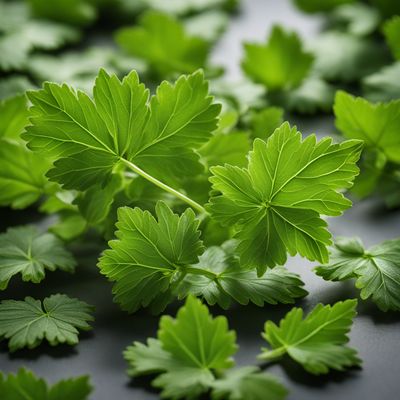
Lovage leaves
The Herbaceous Elixir

Fenugreek leaves
Aromatic Herbaceous Delight

Salad burnet
The Refreshing Herb
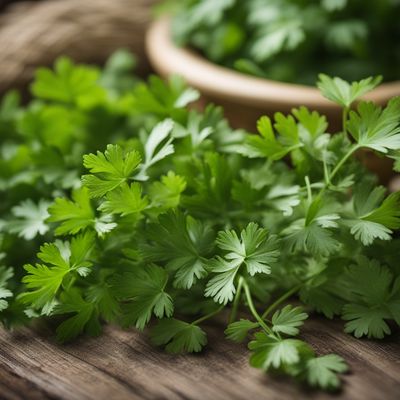
Coriander leaves
The Vibrant Herb: Unveiling the Magic of Coriander Leaves

Sorrel
The Tangy Herb: Unveiling the Secrets of Sorrel

Fennel leaves
The Fragrant Herb: Unveiling the Delights of Fennel Leaves
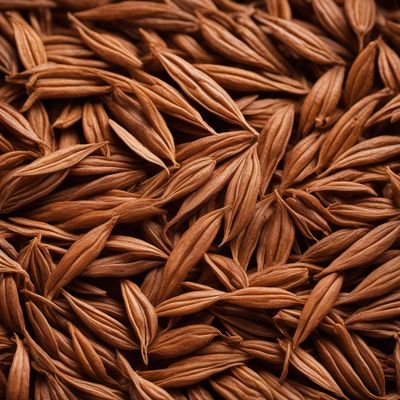
Caraway leaves
The Aromatic Herb: Unveiling the Secrets of Caraway Leaves

Herb of grace
The Divine Herb: Unveiling the Secrets of Herb of Grace

Pimpernel
The Scarlet Beauty: Pimpernel's Vibrant Flavors
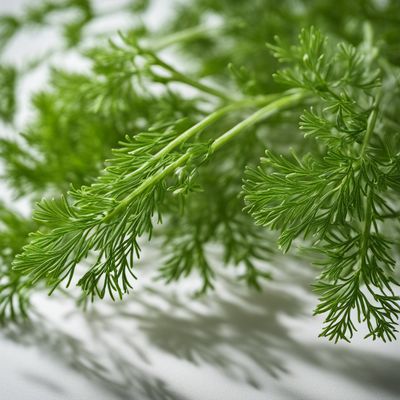
Dill leaves
The Delightful Herb: Dill Leaves

Culantro leaves
The Vibrant Herb: Culantro Leaves

Angelica (leaves and stems)
The Heavenly Herb